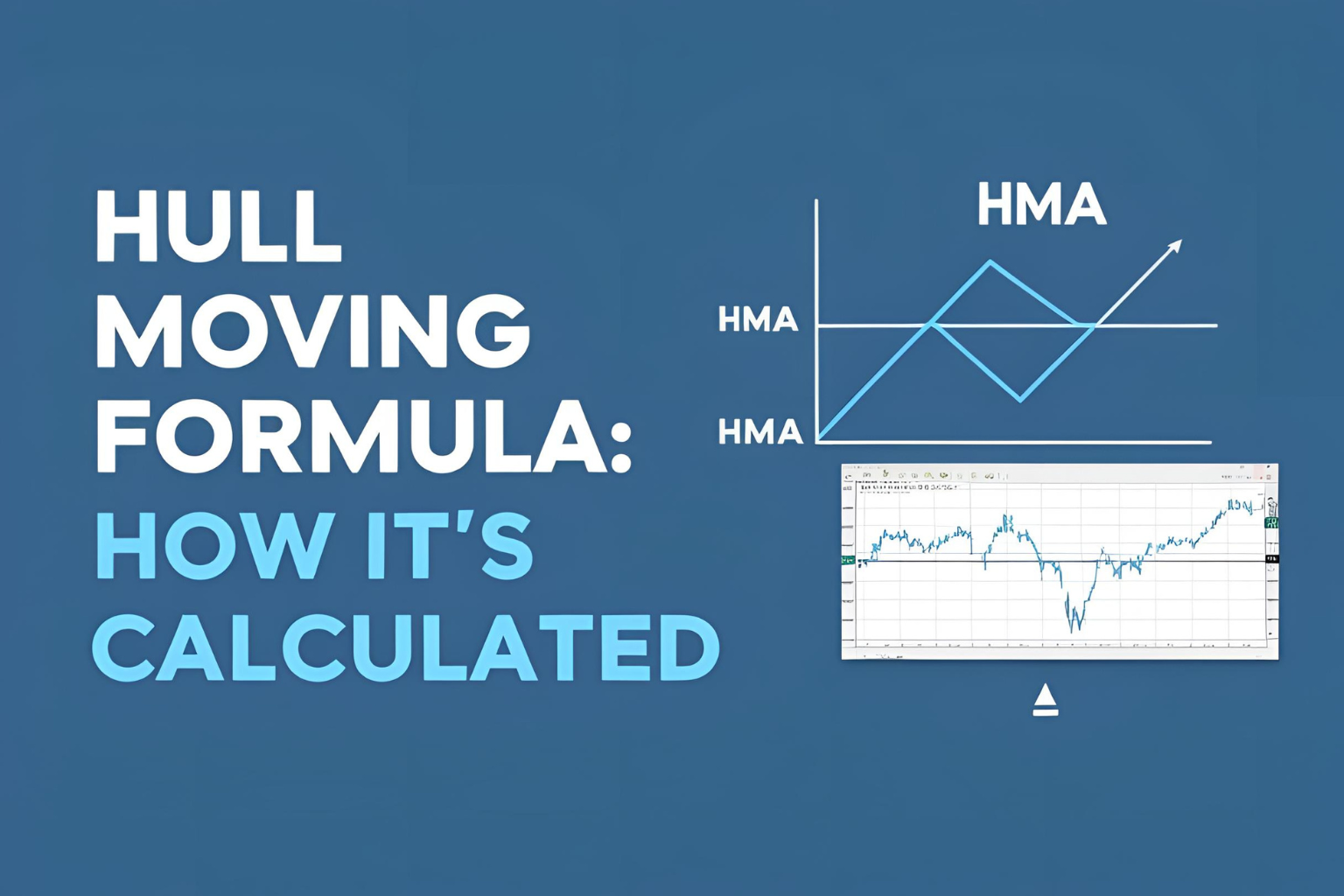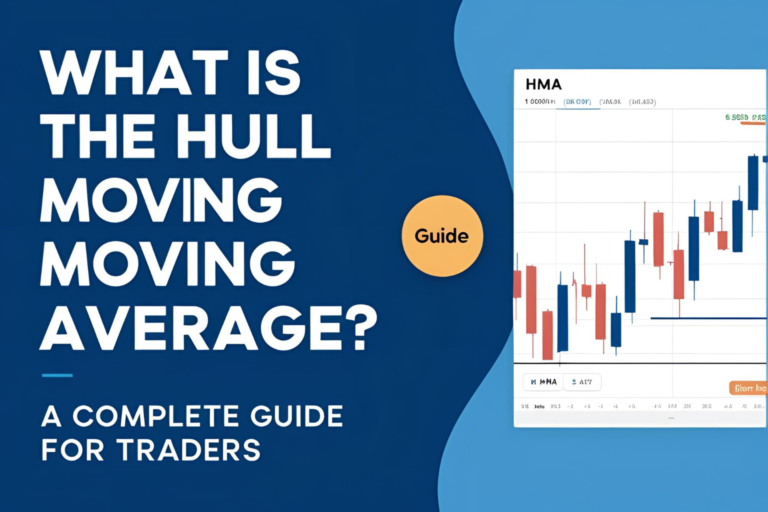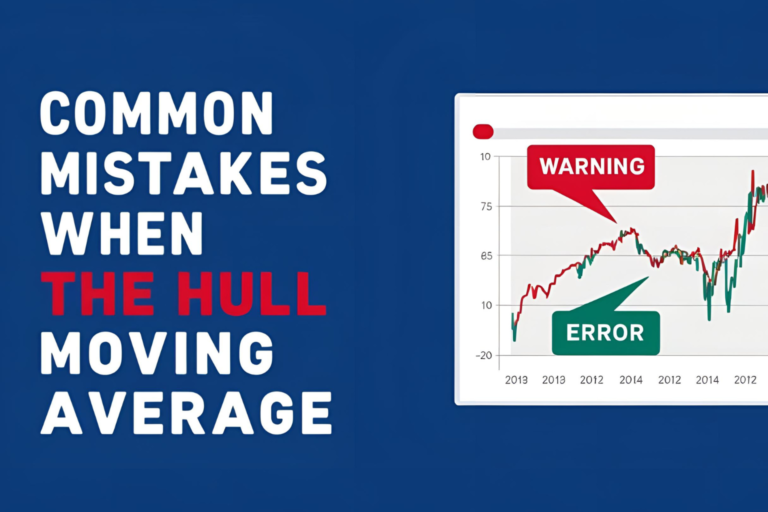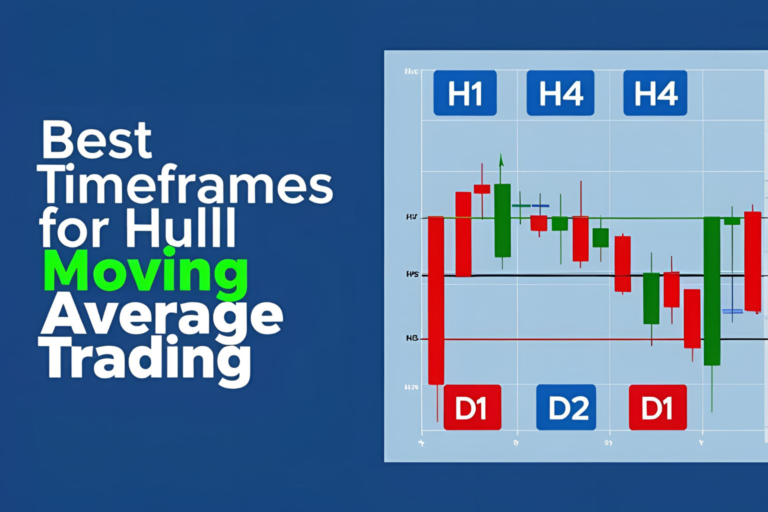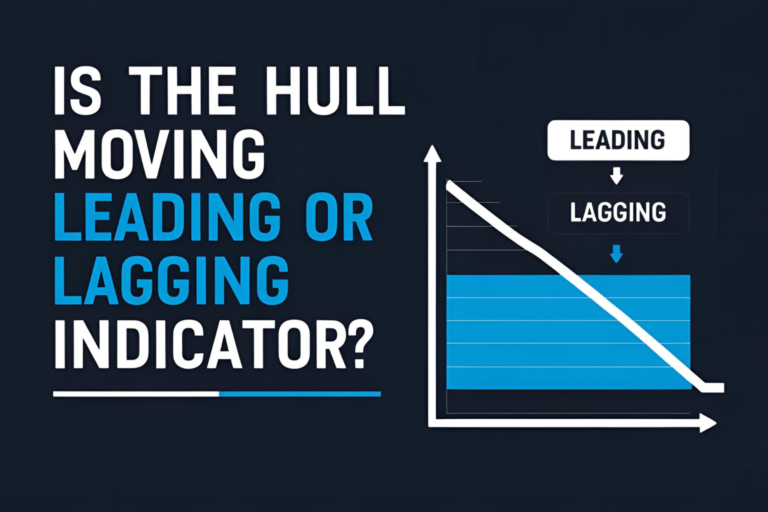Hull Moving Average Formula: How It’s Calculated
The Hull Moving Average (HMA) is widely praised for its ability to minimize lag and maximize smoothness in trend-following indicators. To understand its power, it helps to look into how it’s calculated. This article breaks down the Hull Moving Average formula and explains how each step works.
The Hull Moving Average Formula
The formula for the HMA is:
CopyEditHMA(n) = WMA(2 * WMA(n/2) − WMA(n)), √n)
Where:
- WMA stands for Weighted Moving Average
- n is the period length
- √n is the square root of the original period, used for smoothing
Step-by-Step Breakdown
Let’s walk through how to calculate the HMA in steps:
- Choose a period (n):
Example: Let’s say n = 16 - Calculate WMA(n):
Compute the Weighted Moving Average over 16 periods. - Calculate WMA(n/2):
Compute the WMA over 8 periods (half of 16). - Double the WMA(n/2):
Multiply the result of step 3 by 2. - Subtract WMA(n):
Subtract the result of step 2 from the result of step 4. - Apply WMA with √n:
Apply a final WMA using the square root of the period (in this case √16 = 4) to the result from step 5.
Why Use This Formula?
This unique combination:
- Speeds up the response to recent price action
- Eliminates the choppiness found in other moving averages
- Provides a smooth and responsive trend line that’s easy to interpret
WMA vs HMA: What’s the Difference?
While the WMA gives more weight to recent prices, it still lags during strong market moves. The HMA builds on WMA by incorporating a smart weighting and smoothing strategy — reducing lag without sacrificing smoothness.
Trading Example
Suppose you’re analyzing a 16-period Hull Moving Average on a 5-minute chart:
- Use your charting platform to compute WMA(8) and WMA(16)
- Double the 8-period WMA and subtract the 16-period WMA
- Smooth the resulting values using a 4-period WMA
You’ll now see a much smoother, faster trend line compared to standard EMAs or SMAs.
Conclusion
Understanding the Hull Moving Average formula is key to using it effectively. While it may seem complex at first glance, most modern trading platforms automate this process. Still, knowing the logic behind the calculation gives you an edge in strategy development.
FAQs
1. Is Hull Moving Average based on simple or weighted calculations?
It’s based on Weighted Moving Average (WMA), not simple moving averages.
2. Why is the square root used in the formula?
The square root helps smooth out the result, reducing noise while preserving speed.
3. Can I calculate the Hull MA manually?
Yes, but it’s time-consuming. Most traders use platforms that support HMA natively.
4. Is the HMA formula customizable?
You can adjust the period length (n) to suit your strategy, but the formula structure stays the same.
5. Do all charting platforms use the same formula?
Yes, the base formula is standardized, though exact output may vary slightly based on platform smoothing techniques.
